NO voltage relay working Principle – AC:
No Voltage relay is a long-form of NVR relay. NVR ensures the voltage availability of incoming bus and running bus. No voltage relay use to protect the generator from accidental synchronism.
However, in this, article we are going to study about working principle of No voltage relay (NVR) and No volt release (NVR).
Construction:
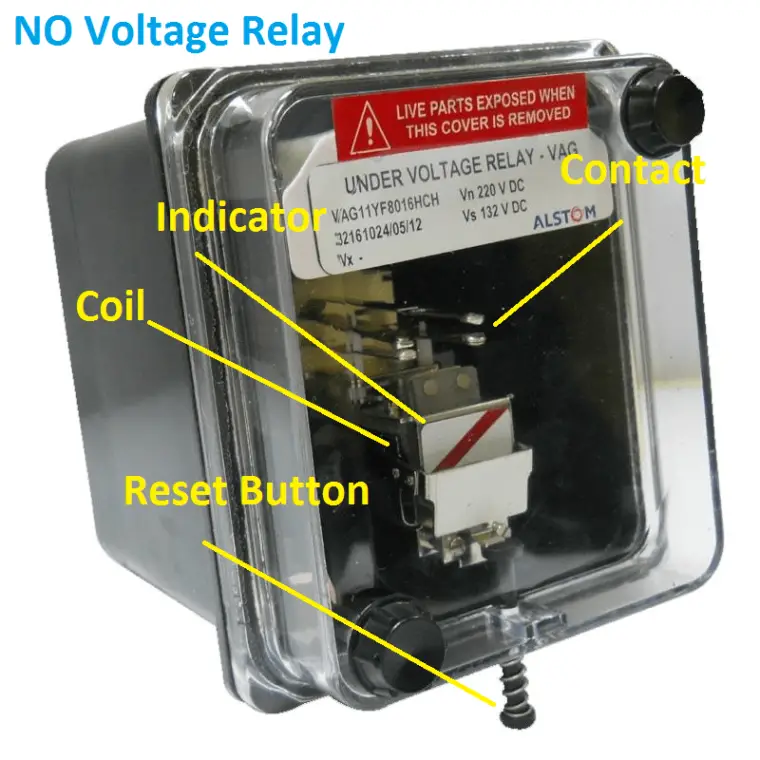
The construction part is very simple, a simple under voltage relay can be configured as a no-volt relay.
Coil part:
It is a fixed electromagnetic attracted type relay, having auto trip reset. It has a small DC coil wound with copper wire which has a high drop-off/pick ratio.
The coil operates at either 110V or 220 V AC/DC with a maximum range of 110%. The coil burden is 2.0 VA ac at pick-up voltage and 0.5 W dc at pick-up voltage.
Power supply unit:
A small rectifier unit is connected with the relay coil which ensures the supply is DC. Also surge suppressor module is incorporated with the relay rectifier unit, to protect the coil from high voltage transients.
Indicator Part:
An indicator unit will be fitted in the top of the relay coil and it indicates the position of the no-volt relay. It has a small rod mechanism for resetting the relay manually.
Contact Blocks:
Two sets of self-reset feedback contact such as 2 NO+2 NC are fixed along with the relay mechanism. The number of relay contact can be increased as per our requirement.
Insulation:
The relay withstands up to 2kV for 1 minute according to IS 3231/IEC 255-5 Series C
Outer Case:
A draw-out type, flush mounting metal enclosure is used as the outer part of the relay.
No voltage relay Connection diagram:
Refer to the below mentioned, no voltage relay, the running bus and incoming bus NO contact is connected in series with each other. Also, SKE NO, NVR NO is connected in series with the Gen CB closing circuit.
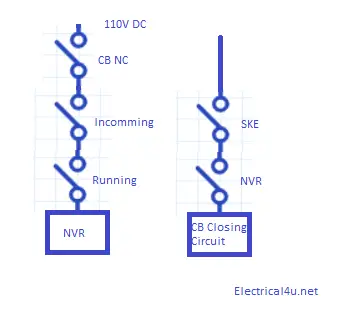
Here, running bus mean generator voltage and incoming bus means grid voltage.
Working Principle of No Voltage Relay:
As per the circuit diagram, the NVR will give permission to the generator breaker closing circuit for the following conditions,
- The generator is not synchronized with the grid.
- Incoming bus to be alive
- The running bus has to be alive.
The absence of the above condition leads to refusing permission from the No voltage relay.
No volt release (NVR) – No Volt Coil in DC Motor:
In the DC circuit, NVR – No volt release is used to avoid the auto start of the DC motor when supply resumes. It is mainly used in a three-pointer starter.
Construction front, it is a wound core, placed at the end of the starter and having an assembly to attract the starter’s spring handle. Refer the picture,
Working Principle:
Let us take, three-point starter while starting the motor the resistance will be decreased based on the speed of the motor.
Here, the resistance can be varied by adjusting the spring handle in the starter. If the motor reaches full speed means, the handle will be at end of the starter (at the R5 side).
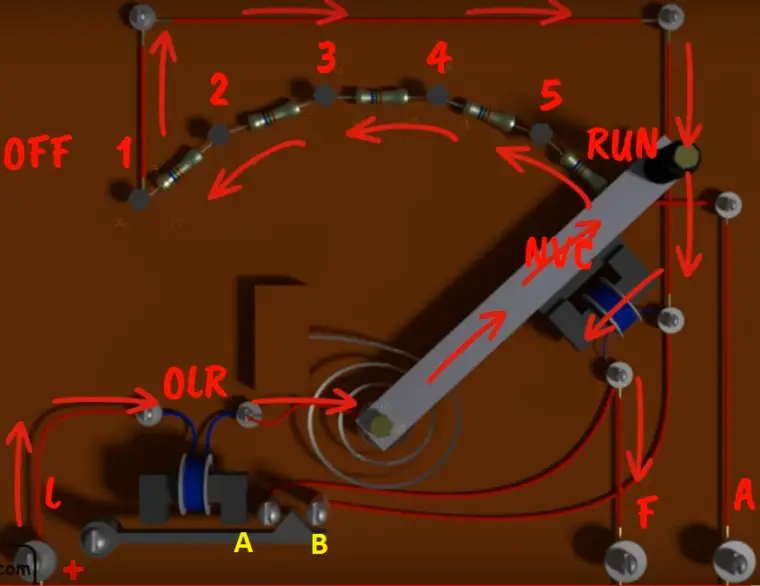
Now you see a coil called No volt coil which is connected in parallel with the input (in series with the Field winding). While starting the motor, the coil becomes a magnet.
In our case, if the spring handle reaches R5 side means, the coil will attract and hold the handle. The motor will run continuously.
If the EB supply fails, the coil will become de-magnetized and it will release the spring handle. The spring handle will come to its original position (R1 side) even after the main supply resumes.
To start the motor, again we have to move the spring handle. The process will be continued for each power failure.
In case, if the motor trips on overload relay mean, the mechanism associated with the OLR will be attracted and the terminal A and B will become short, hence the no-volt coil will be bypassed and de-magnetized. The spring handle will get a release from the NVR. The motor will stop running.
This is the working principle of No volt release and No voltage relay
Interview Questions:
What is No volt coil?
The coil associated with the No volt release mechanism is called No volt coil.
Difference between no voltage relay and No volt release?
No voltage release (NRV) use to avoid the auto start of the motor. and No voltage relay is used to protect the generator from the accidental synchronism with the grid.
Application of No volt release?
NRV is used to hold the motor handle in the three-point starter. It acts like holding NO in the DOL starter.
Image Source: Electrical4u Youtube Channel

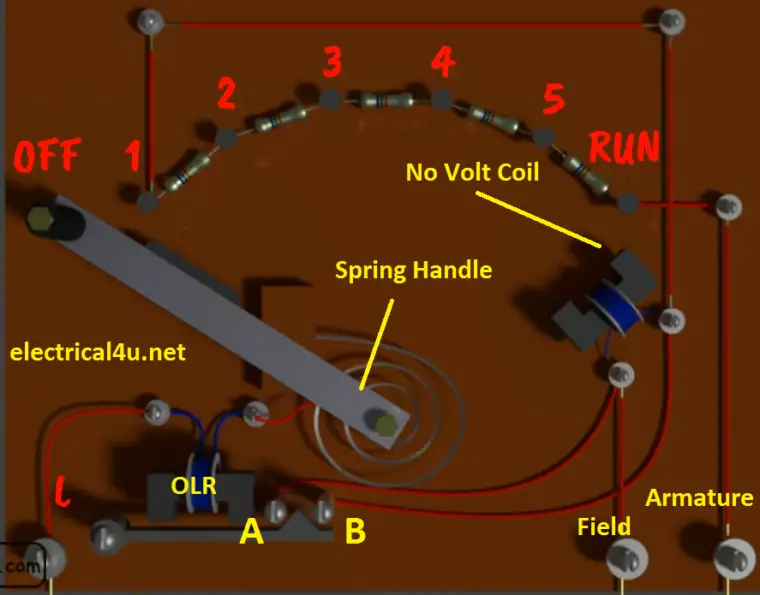
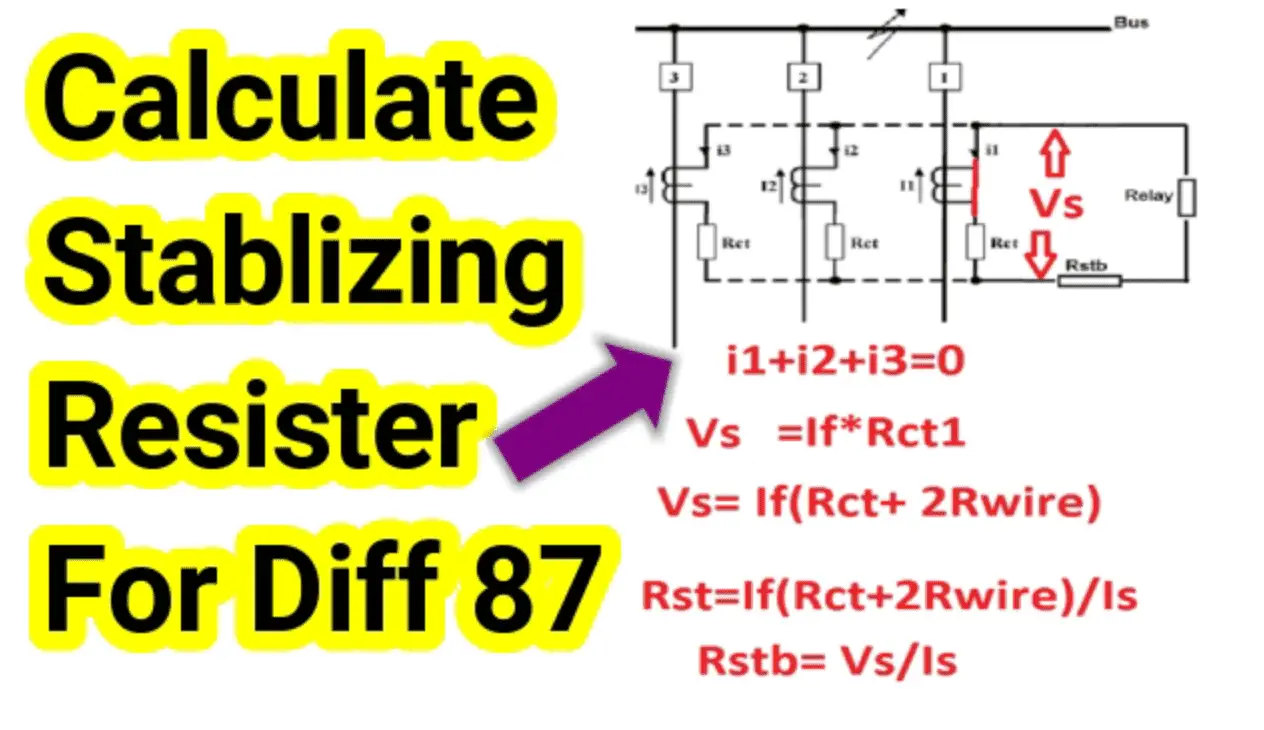
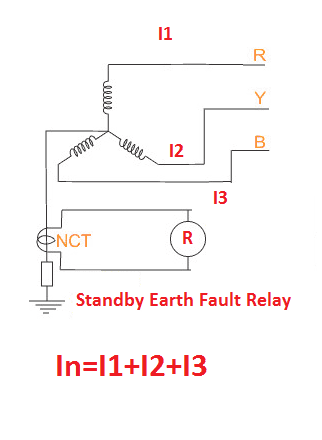
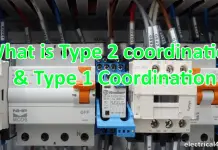
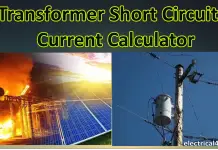
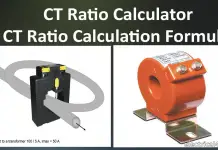
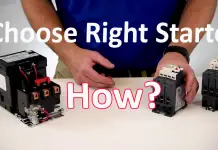
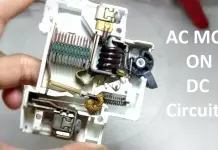
![What is Arc Chute? Types, Working Principle [Video Included] arc chute working priciple](https://www.electrical4u.net/wp-content/uploads/2020/06/arc-chute-218x150.png)
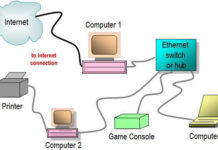
I like the artical and to download , how can I have to download the NVR more details.